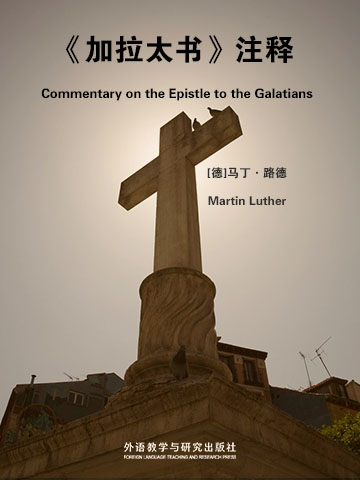《〈加拉太书〉注释》是宗教改革的奠基性著作之一,也是路德自己最喜爱的一部作品。书中不仅将基督信仰的核心真理——罪人唯靠基督因信称义——阐释得淋漓尽致,而且有力地驳斥了宗教改革时期教皇党人和一些极端改革派的谬论。书中不乏释经书的考究和严谨,又充满了雄辩的激情和改教必胜的凯旋气势,读来令人激情澎湃。
《〈加拉太书〉注释》是宗教改革的奠基性著作之一,也是路德自己最喜爱的一部作品。书中不仅将基督信仰的核心真理——罪人唯靠基督因信称义——阐释得淋漓尽致,而且有力地驳斥了宗教改革时期教皇党人和一些极端改革派的谬论。书中不乏释经书的考究和严谨,又充满了雄辩的激情和改教必胜的凯旋气势,读来令人激情澎湃。
In this book, Saint Paul's epistle is transliterated, translated and explained, showing his central themes of righteousness and justification by faith. The epistle relates to Paul's missionary activities in Galatia, where he had established assemblies of Gentile Christians with no requirement for Jewish practices. Paul's letter is a protest, the first declaration of his "apostle-ship", a rebuke to the Galatians for straying from the doctrine he had given them and a thinking through of that doctrine. The author also discusses the autobiographical details provided by Paul himself, the identity of the Galatians, the date of the epistle and the nature of Paul's opponents and reconstructs the situation which gave rise to the letter.
- PREFACE
- CHAPTER 1
- CHAPTER 2
- CHAPTER 3
- CHAPTER 4
- CHAPTER 5
- CHAPTER 6
- 书评 写书评
- 笔记
-
书评加载中...













 京公网安备 11010802032529号
京公网安备 11010802032529号
笔记加载中...